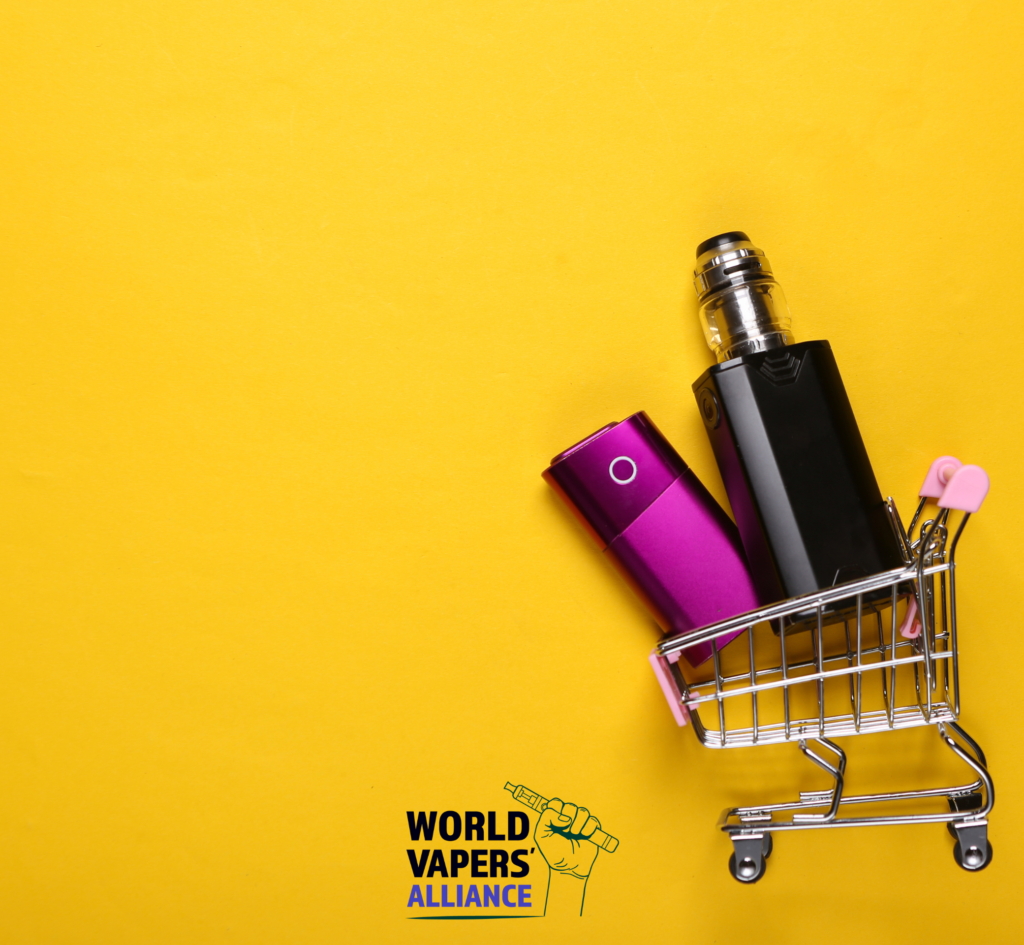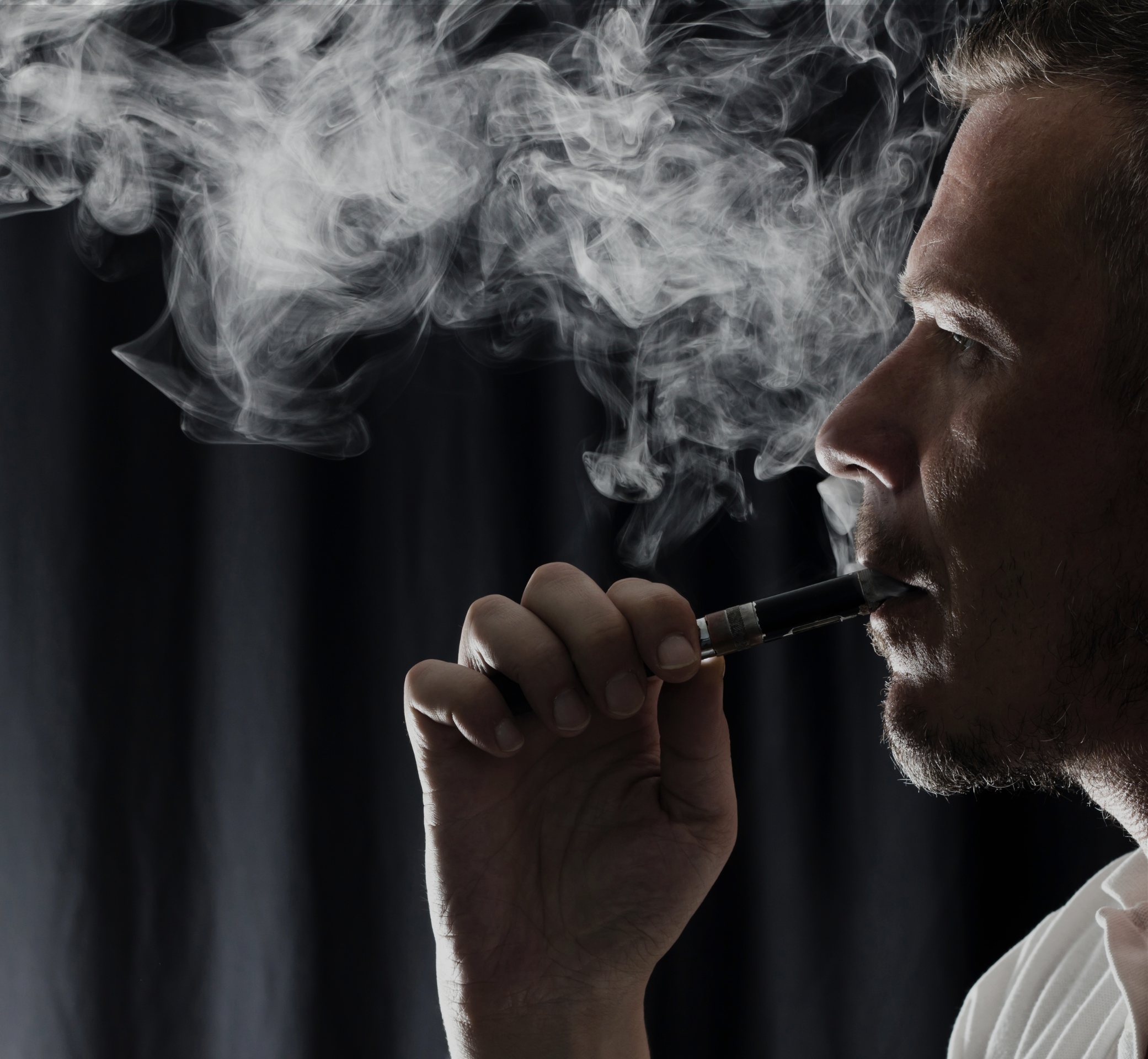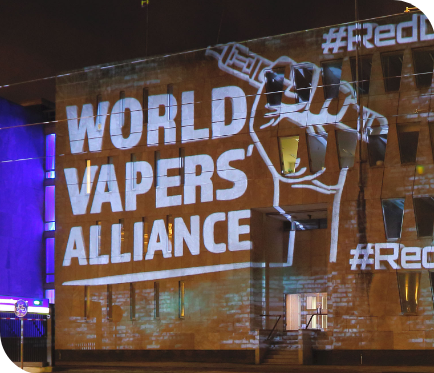In 2020, Senate Bill 810 was introduced. This bill would have banned the selling, delivering, bartering, furnishing or giving flavored liquid nicotine products to any person and so on. Adult vapers were able to breathe a sigh of relief when Governor Ron Desantis vetoed this legislation, acknowledging “flavored e-cigarettes are a reduced-risk alternative to cigarettes” and even went as far to say that this “legislation would almost assuredly lead more people back to resume smoking cigarettes” or worse “drive others to a hazardous black market.”
What has happened since is monumental. Not only has youth e-cigarette use decreased, but so has youth cigarette use. According to data from the Florida Youth Tobacco Survey, in 2021, only 12.6% of Florida high school students reported ever-use of combustible cigarettes and only 32.2% had tried e-cigarettes. Among middle school students, 7.2% had tried combustible cigarettes and 16.2% had tried e-cigarettes.
Similar results continue to prove that banning safer alternatives and flavors doesn’t help curb youth use. Other states like Colorado e Arizona are seeing declines as well, with Arizona seeing youth tobacco and vaping rates at the lowest levels recorded.
As we continue to see data that supports the idea of smart regulation and of protection of harm reduction as an avenue away from cigarettes, why do state representatives keep trying to push flavor bans?
Prohibition does not work; unregulated black markets will fester off of vapers trying to find alternatives when their vape shop closes its doors. Or worse, return to smoking cigarettes.
Bans confuse the public about the spectrum of harm on these products and many are unaware of the benefits of switching.
Vape prohibition only protects illegal sellers from taxation, regulation, and quality control. If state legislators really want to protect their constituents, they would be wise to follow in the footsteps of states that are seeing declines in youth use, like Florida.





2 respostas